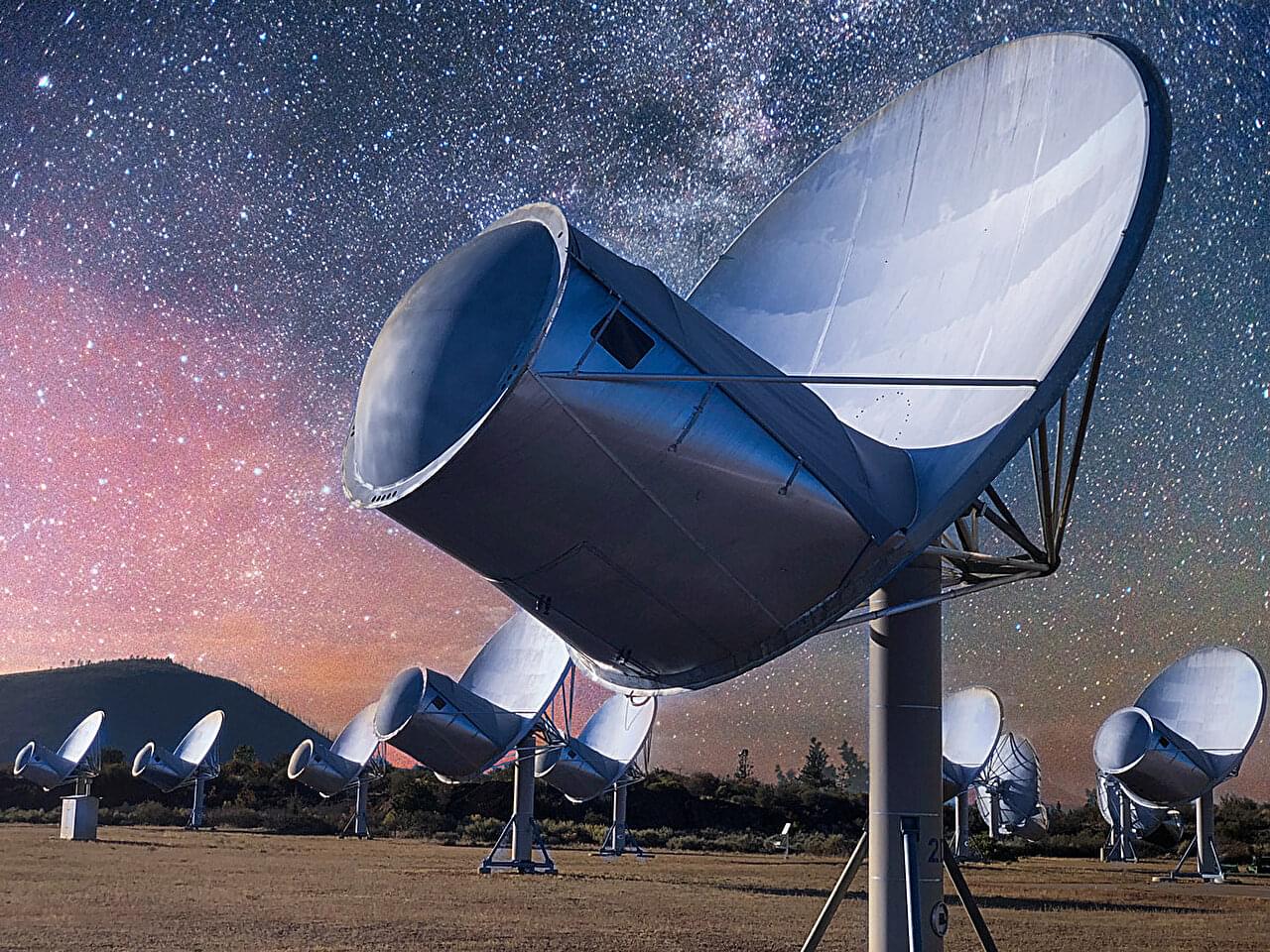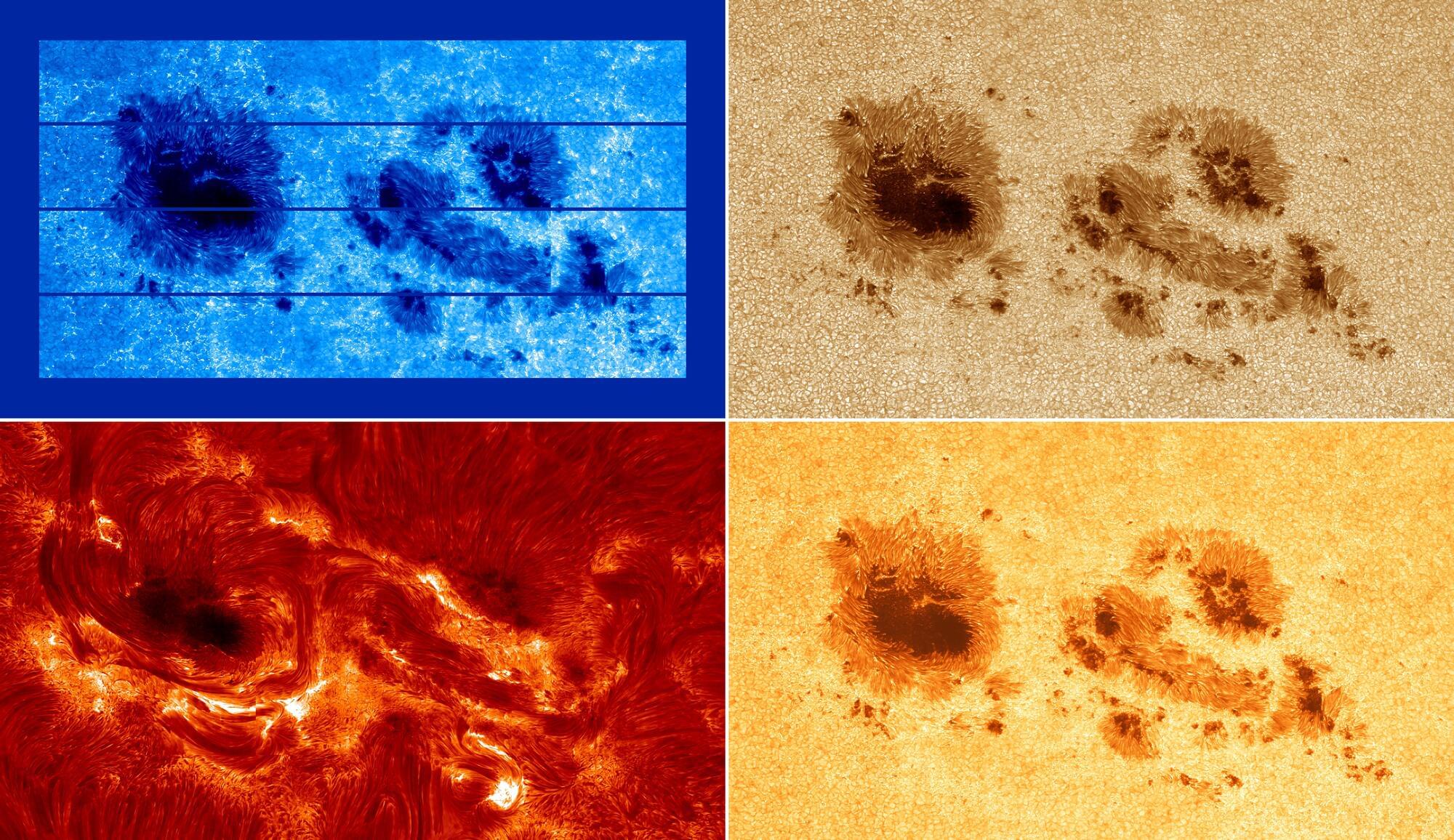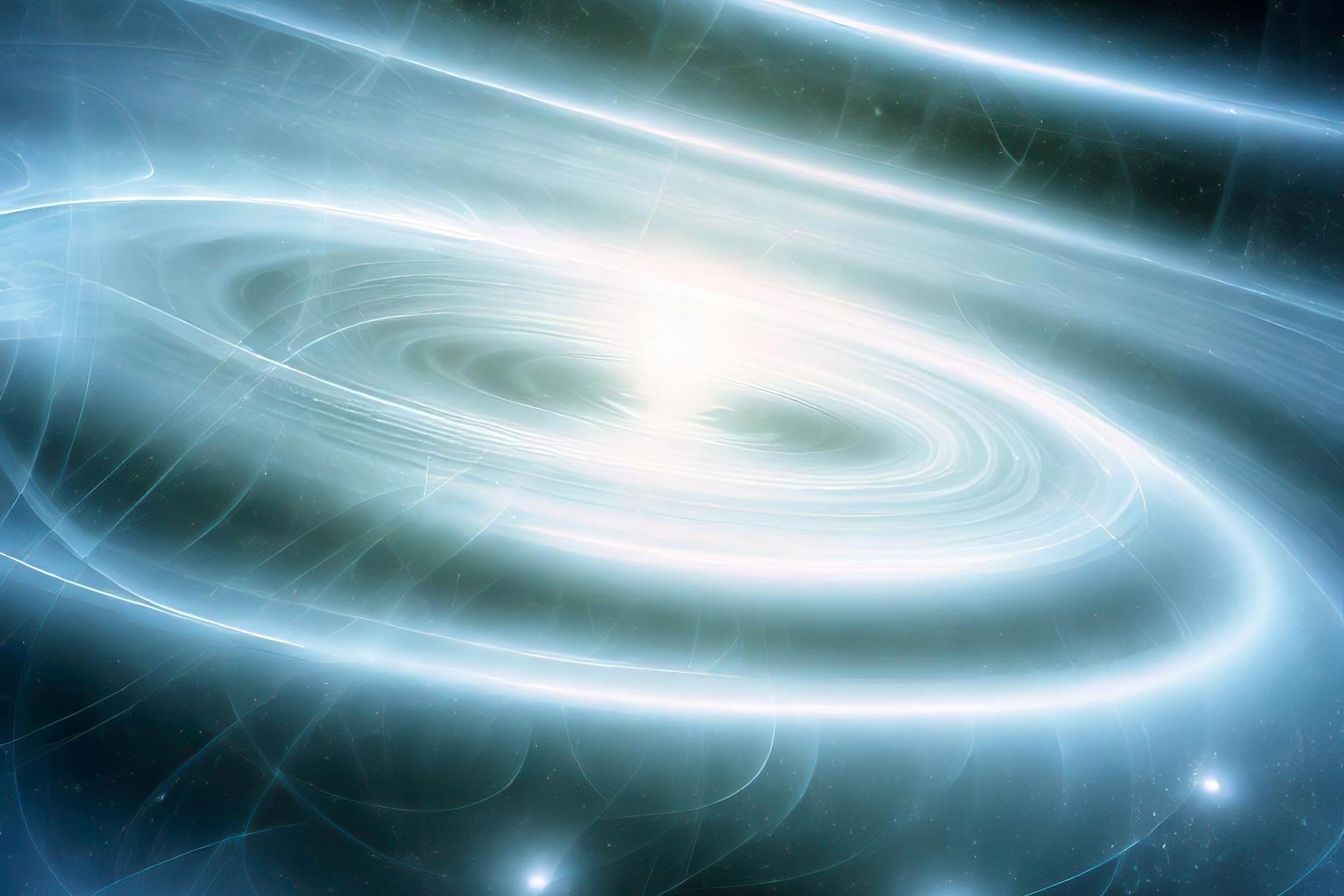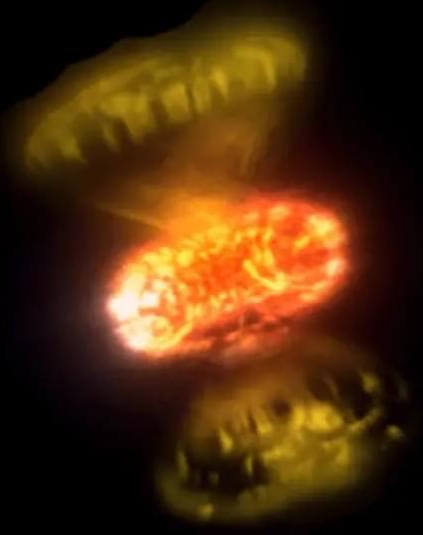In a new publication, Professor José-María Martín-Olalla, from the Department of Condensed Matter Physics at the University of Seville, has described the direct link between the vanishing of specific heats at absolute zero—a general experimental observation established in the early 20th century—and the second law of thermodynamics.
The study, published in Physica Scripta, reinterprets a 100-year-old problem and completes the consequences of the principle of increasing entropy in the universe.
The new study follows another published in the European Physical Journal Plus in June 2025, in which Professor Martín-Olalla linked Nernst’s theorem (the other general property of matter at absolute zero) with the second law of thermodynamics, correcting an original idea of Einstein’s.








